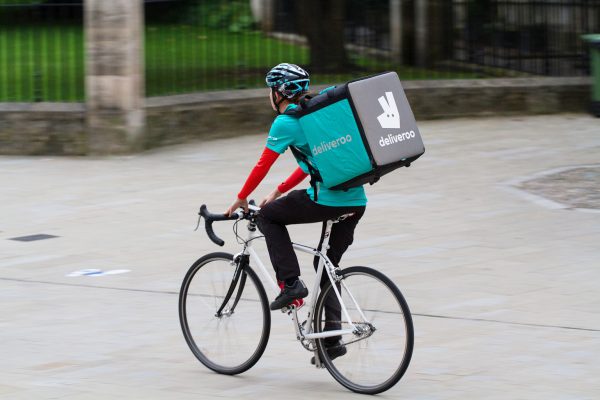The Fair Work Commission recently found that a delivery rider was an employee. This meant that the rider was entitled to protection from unfair dismissal.
Deliveroo had treated the rider as a contractor and did not take the appropriate steps when terminating his engagement. As a result, the Commission found the dismissal to be unfair and reinstated the rider.
When looking at the relationship between Deliveroo and the rider, the Commission affirmed the longstanding principle that determination of whether a person is an employee or independent contractor requires consideration of various identified indicia, with no single factor being decisive, to form a view about the overall impression of the relationship.
Independent contractor vs employee – factors the Fair Work Commission considered:
 Control
Control
Although the rider, Franco, had significant autonomy (he could log onto the Rider app and could choose when and where he would make deliveries), the Commission focussed on Deliveroo’s ability to exercise control through an online system, which required riders to book engagement sessions in advance and provided preferential treatment to those who met performance measures. Though Deliveroo was no longer using that system, it had the ability to reintroduce it.
 Presentation as part of the business
Presentation as part of the business
Although not mandatory, Deliveroo expected Franco to wear Deliveroo branded attire and use branded equipment. He complied and presented to the world as part of the Deliveroo business.
 Other factors neutral or explained away
Other factors neutral or explained away
The supplier agreement between Deliveroo and Franco attempted to establish a relationship of principal and independent contractor, but the Commission found this to be neutral given the power imbalance and Deliveroo’s inability to negotiate terms.
Franco provided his own equipment (a smartphone and motorcycle) but this did not represent a ‘substantial investment in capital equipment’ as Franco would have ordinarily required the equipment for his own personal use.
And despite Franco working for competitors at the same time (known as “multi-apping”), the Commissioner determined that this needed to be assessed in the context of a modern, changing workplace impacted by the new digital world and through this lens, this was not a factor which prevented the existence of an employment relationship.
Ultimately, the Commission formed the view that Franco was not carrying on a trade or business of his own, but that he was working in Deliveroo’s business as part of that business. This meant that he was an employee, not a contractor.

What could this mean for you?
Distinguishing between employees and independent contractors requires an intuitive approach based on the circumstances of each individual case.
While the cases in this area are often inconsistent, there is a clear trend towards employment in the case of relatively unskilled or low paid workers, who lack power in negotiations and who are unlikely to be carrying on their own separate business.
Misclassification of a worker can lead to various unexpected liabilities including:
- Underpayment of wages
- Superannuation entitlements
- Other employment entitlements
Businesses may also be exposed to other claims (eg unfair dismissal or workers’ compensation) where they have acted on an incorrect assumption.
If you would like assistance in reviewing your current arrangements, or when establishing a new engagement, please contact Damian Riggall at driggall@thymac.com.au.





